Research Projects Define Army MDO Programs
The U.S. Army is pursuing research into advanced technologies to further the service’s ability to conduct multidomain operations. Some of this research aims to improve existing capabilities by exploiting innovations, while others work toward basic breakthroughs in exotic areas. Many of these Army research efforts aim to draw from industry advances as they evolve.
For largely tactical multidomain operations (MDO), research underway at the Program Executive Office Intelligence, Electronic Warfare and Sensors (PEO IEWS) focuses on the office’s specialties as stated in its name. Yet, these efforts would have far-reaching effects throughout the Army and the defense community as a whole.
“Across the PEO, our portfolio is really enabling multidomain operations,” states Mike Schwartz, chief engineer for PEO IEWS. “We have a lot in the portfolio now and being developed that will really help the Army and greater Defense Department be ready by 2028 and fielded in 2035.” These capabilities as a whole are set to be in the field before 2028.
“The individual warfighter will be able to do more with either the same or less,” Schwartz maintains.
The future Army aims at being expeditionary, modular, common and heavily automated. The Army’s MDO goals are to compete, penetrate, disintegrate and exploit. “Our portfolio has capability that fits into each of those phases,” Schwartz says.
The office views multidomain operations as having three layers: aerial, foundational and terrestrial. Research focuses on several different technologies and modernization efforts, Schwartz allows.
One of the key technology areas is the Terrestrial Layer System, or TLS. This effort is aiming at a next-generation ground-based converged architecture for electronic warfare (EW), cyber and signals intelligence (SIGINT). It would be organic to ground commanders with an open architecture designed to keep pace with the threat, Schwartz says.
He describes TLS as a heavy open-architecture-based system that implements the C5ISR/EW Modular Open Suite of Standards (CMOSS) as a common backplane with different format cards that can be switched out as needed when new technology standards emerge. Some engineering will be required, but it will accommodate new capabilities in an almost plug-and-play method.
A second technology thrust is the Multi-Domain Sensing System, or MDSS. It will comprise a collection of platforms and sensing systems manned or unmanned. These platforms might include unconventional types such as high-altitude balloons or air-launched devices, and they would help Army forces see farther afield. The data collected by these systems would be dispatched from sensor to shooter faster than currently enabled to provide intelligence support to targeting.
Schwartz emphasizes that PEO IEWS is not developing the nontraditional platforms for the MDSS but instead is focusing on just the sensors that will go on them. The office is taking a multidomain approach to the sensor development that potentially will include an electronic warfare system, radar and communications that currently are not available together in traditional systems. The goal is a step-ahead long-range deep-sensing capability.
He observes that the MDSS effort is “a difficult gap to fill.” Its deep sensing is a significant challenge. “How do we ensure that we can perform that mission at the altitude and ranges that we need to?” he asks.
The third program is the Tactical Intelligence Targeting Access Node, or TITAN. With mass amounts of data coming from many diverse sensors, TITAN will be “that catcher’s mitt,” Schwartz offers. Not only will it take the data and pass it along, but it also will help with data analysis, turn it into information quickly and speed it to the customer.
Schwartz notes that much of this processing will be automated, although not exclusively. “We can’t force the user to process all this data,” he points out. “There’s just too much.
“I hate to wave my hand over [artificial intelligence] AI and [machine learning] ML as a buzzword, but we are really looking at how we can enable that processing at a more machine-to-machine speed,” he states.
Ultimately, the key to TITAN is the data fabric, Schwartz declares. The integration of multiple sensors and data formats is vital, and AI and ML both will be turning data into information and also helping ensure this data is converted in the correct format. “As much as we can do to take that [data processing and dissemination] burden off the user is critical there,” he says.
Schwartz emphasizes that his office wants to leverage the speed at which industry moves as much as possible for TITAN. It wants to prototype the capability needed for TITAN, taking advantage of open architecture that would avoid stovepiped sensors and boxes on platforms.
“We have really taken a giant leap in the past few years in how we design and develop our systems into an open architecture,” Schwartz says.
His office currently is using CMOSS for several programs, he relates, but it really is aligning with the Sensor Open Systems Architecture (SOSA), which is a large industry/government multiservice group that is defining the standards needed for a modular open system architecture.
“An open system architecture is key to allowing us to pace the threat and no longer move at the speed of acquisition,” he continues. “We have other acquisition authorities that we’ve been given, such as middle-tier acquisition or the software acquisition pathway, where we are able to prototype a lot faster than we ever have and do things in a way where we’re not providing a solution to a requirement that is now dated by the time it gets to the field.”
An open architecture also will allow the office to push new capabilities where necessary based on the threat and where systems are being fielded, he adds. Not every area of operations will have the same threats, so the Army must be more agile as opposed to offering the same cookie-cutter solutions to everyone, he emphasizes.
The open architecture approach is key to the office’s MDO efforts, Schwartz states. “We’re trying to not stifle innovation. … There is a perceived notion that innovation is stifled by open architecture, and we are not trying to do that. We want to be able to take new capability from industry.
“We need industry’s help in ensuring that our standards are the right standards and not stifling where they don’t need to be,” he continues. “[We want] flexible and open standards, and we need industry’s help to ensure that government is not over-restricting our systems.
“We realize that [in] industry, both conventional and unconventional technologies are moving at speeds at which we need to accept,” he says. “We can’t be the lead in everything.” He cites AI and ML as areas where industry and others are working. However, the Army’s tactical-specific problems may not apply there. So, the office will take what is being worked in industry and apply it to Army requirements. So the Army, more than ever, is looking at those technologies and shaping them to apply to its challenges, he maintains.
“We don’t need to be making the next best machine-learning algorithm, but we need to take that awesome one that industry has developed and apply it toward our problem and see what happens,” Schwartz says.
Schwartz offers that the PEO IEWS sensors and systems will help enable the Joint All-Domain Command and Control (JADC2) system (SIGNAL, April, page 14). He explains that, for the JADC2, the Army would be providing data from the intelligence side and from the EW side with a nonkinetic fires perspective. Adding precision, navigation and targeting also will affect most military operations. Next-generation, forward-looking infrared (FLIR) systems on vehicles will provide even more useful data.
Other programs, such as the Advanced Field Artillery Tactical Data System (AFATDS), will benefit from these capabilities that support commanders’ decision-making. Electronic warfare technologies will offer commanders nonkinetic kill options instead of direct fires, for example.
“Not everything will need to be metal on target,” he points out. “There may be opportunities … to perform either an EW or cyber mission to support the commander’s need.”
The technology to support targeting will be critical as the Army modernizes, so anything in terms of intelligence collection, processing, exploitation and dissemination is a critical part of the office’s efforts.
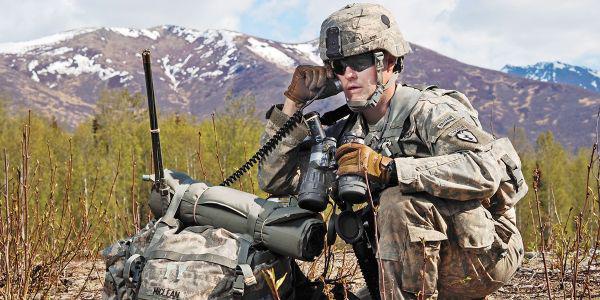
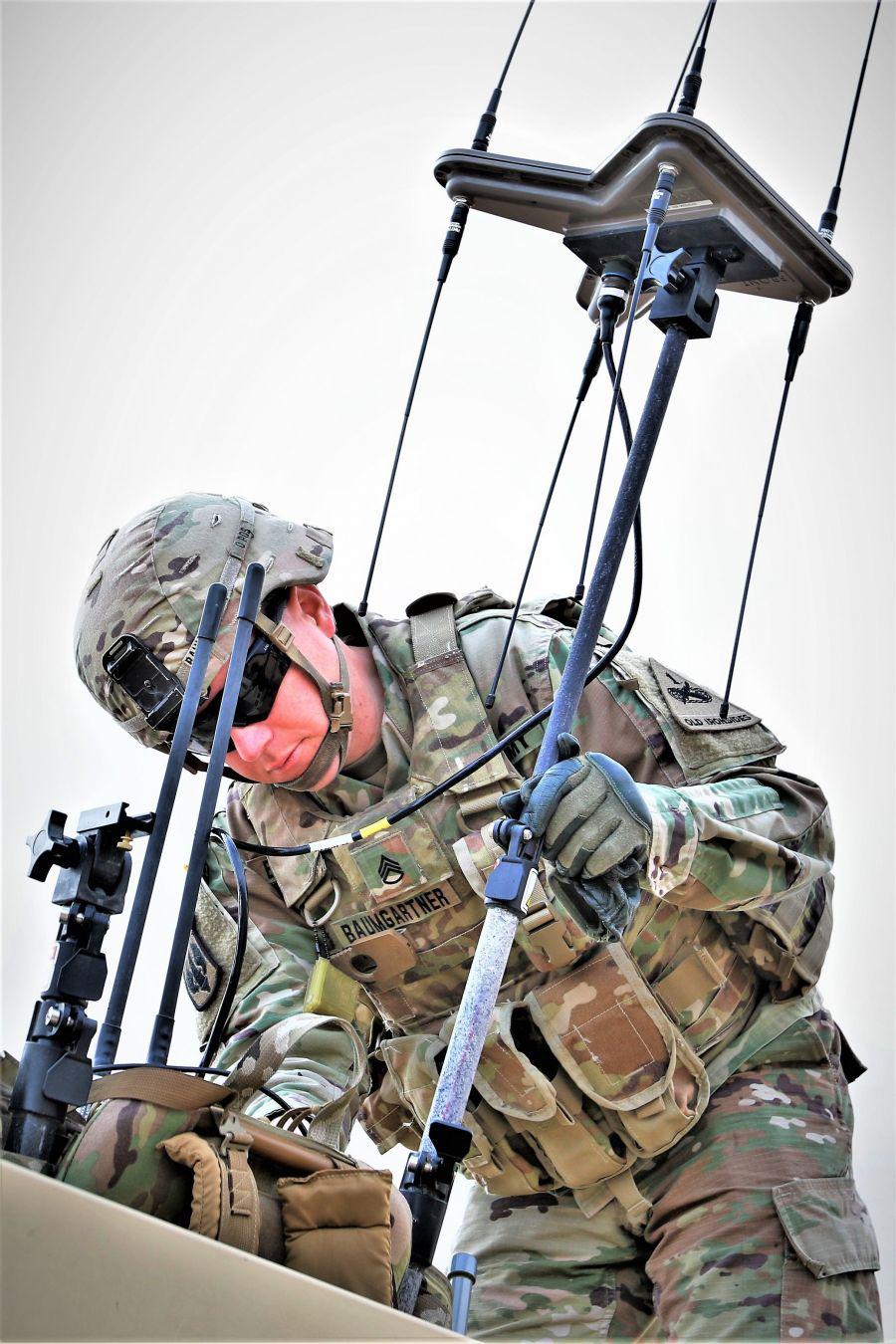
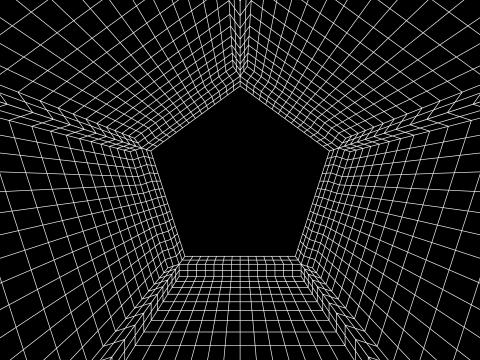
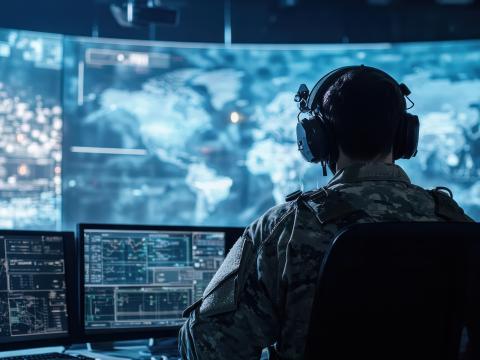

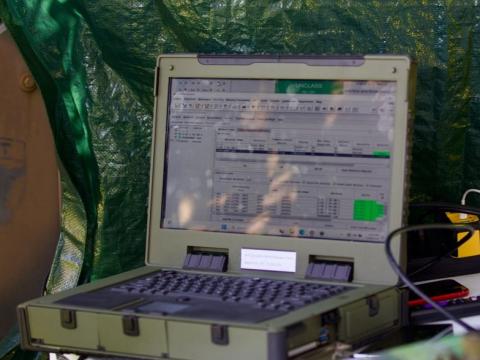
Comments